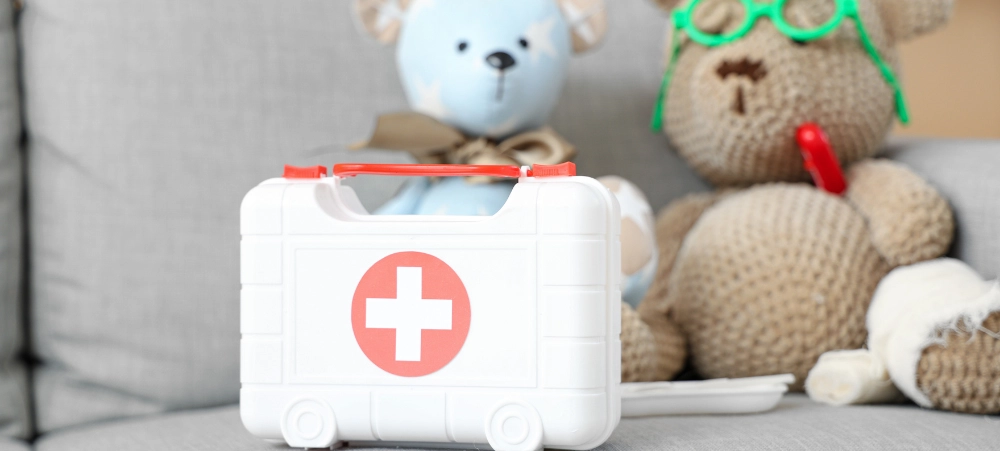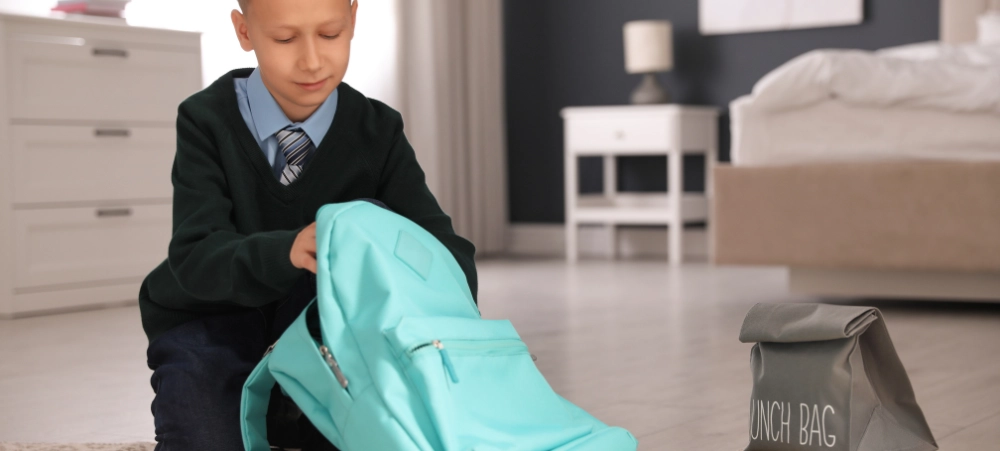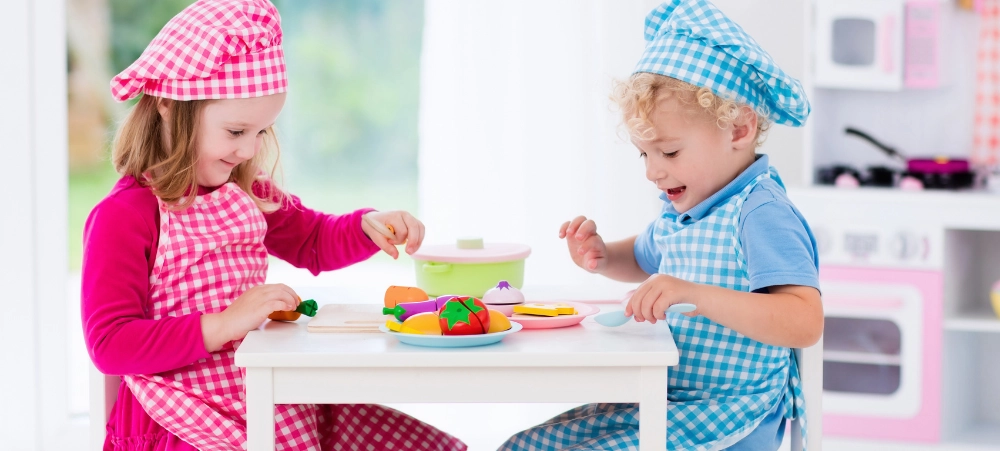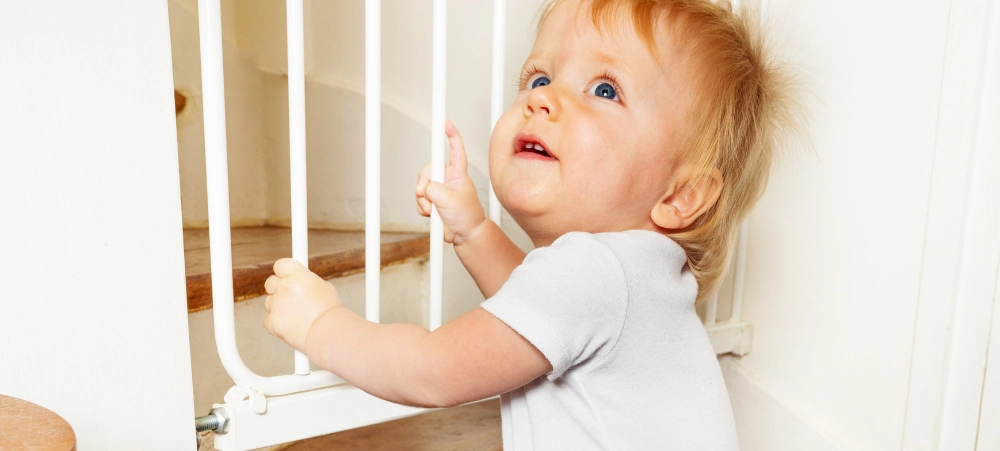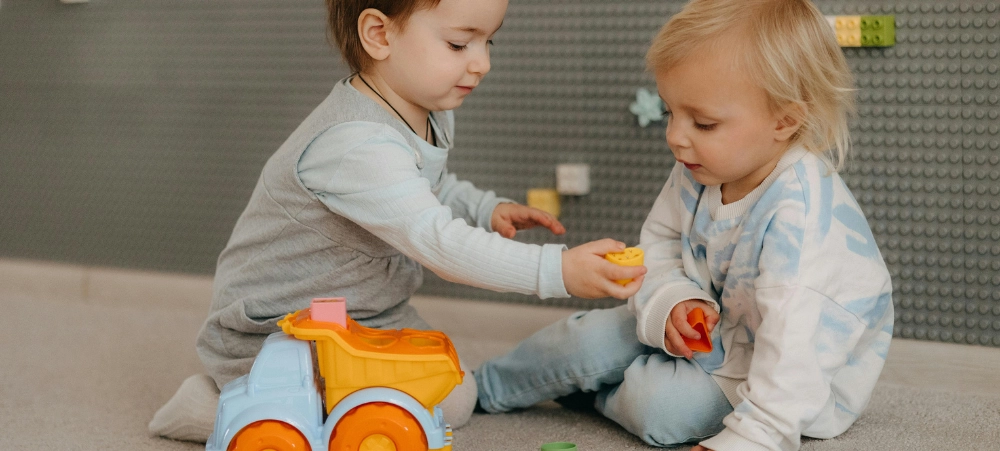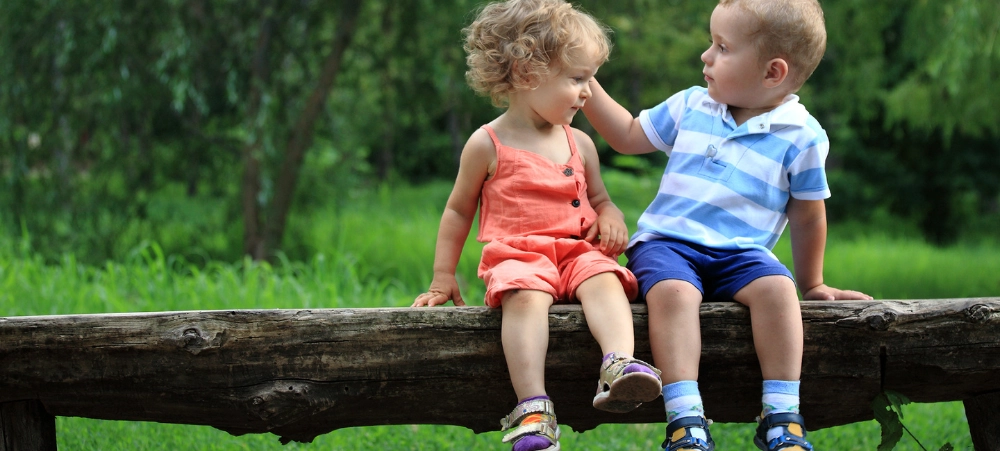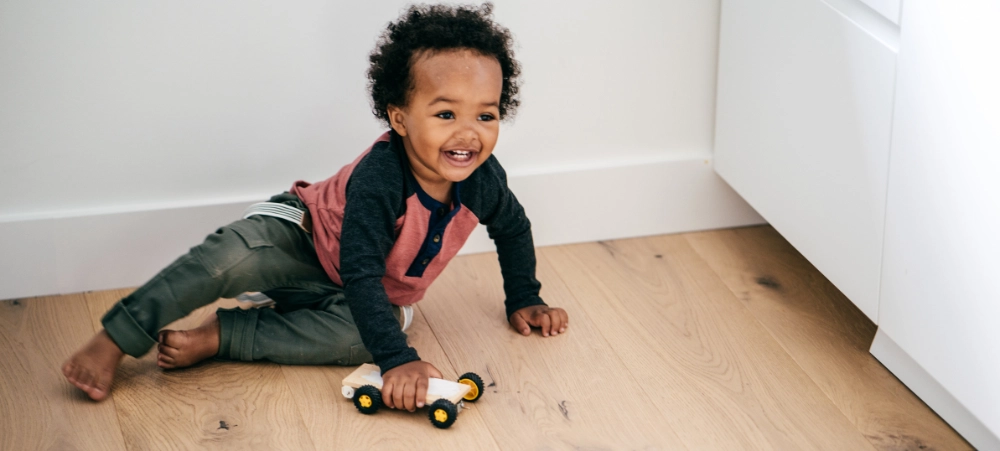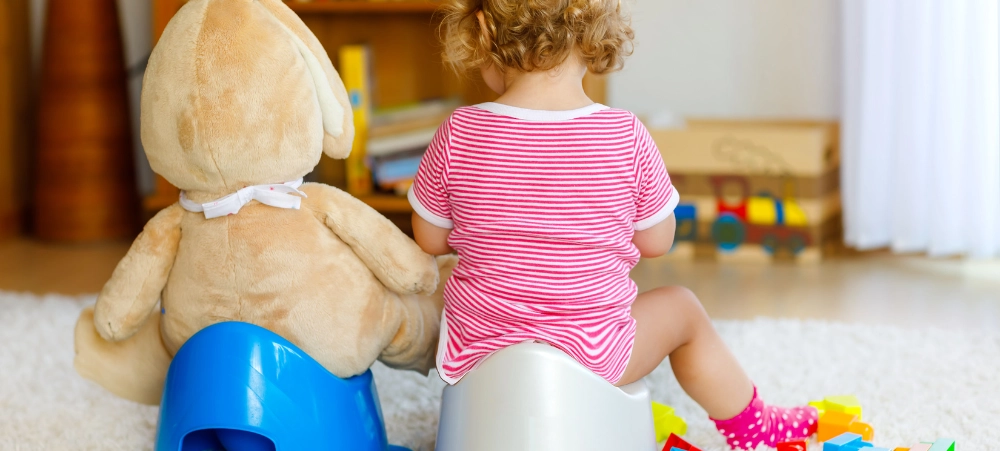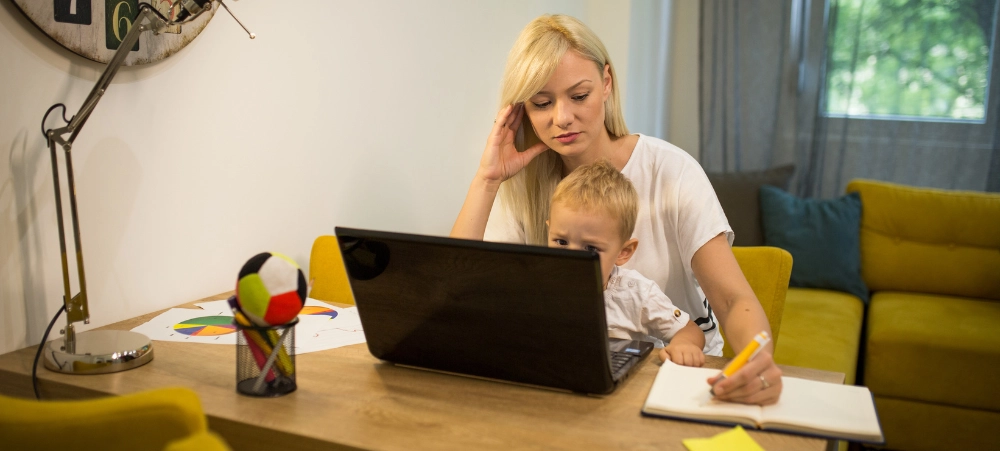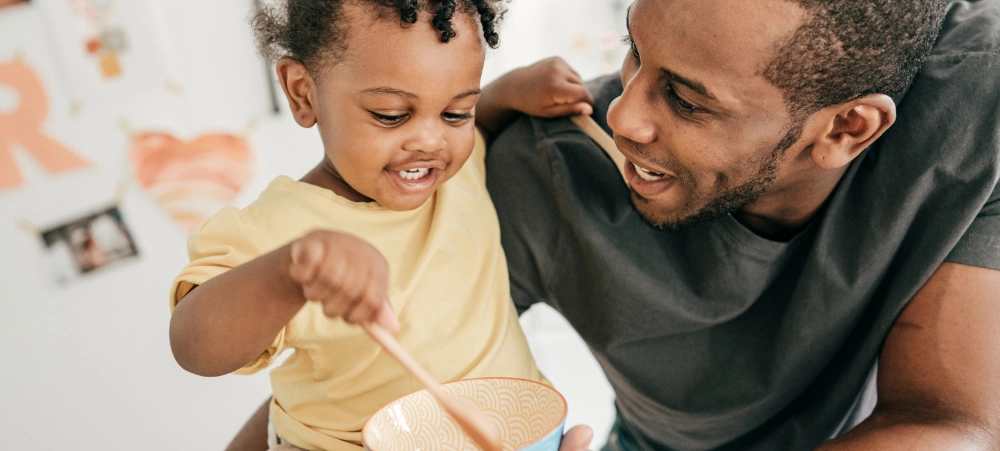Emotional intelligence (EQ) is a crucial skill for children to develop as they grow, influencing how they understand and manage their emotions, navigate relationships, and make thoughtful decisions. Cultivating emotional intelligence early on helps children become more empathetic, self-aware, and socially adept, which ultimately enhances their emotional well-being and success in life. Here are some effective strategies for parents to nurture emotional intelligence in their kids. 1. Model Emotional Awareness Children learn by observing the adults around them, especially their parents. One of the most powerful ways to build emotional intelligence in your child is by modelling emotional awareness. When you express your feelings clearly and appropriately, you teach your child that it’s okay to identify, express, and manage emotions. For example, when you’re feeling stressed, instead of keeping it to yourself, say something like, “I’m feeling a little overwhelmed right now, and I’m going to take a few deep breaths to calm down.” This transparency gives children the language they need to express their emotions and learn how to handle them. A study from the University of California, Berkeley, shows that children are more likely to develop emotional intelligence when they see it modelled in their caregivers. 2. Encourage Open Communication About Feelings Creating an open environment for discussing emotions helps children feel safe in expressing how they feel. Regularly check in with your child about their emotions and create opportunities for them to share. Ask simple questions like, “How was your day?” or “What made you happy today?” These questions prompt children to reflect on their feelings and articulate them, a key component of emotional intelligence. When children express their emotions, validate them by saying things like, “I understand that you’re feeling sad because your friend wasn’t at school today. It’s tough when that happens.” This acknowledgment helps children feel understood and allows them to see that their emotions are valid and worthy of attention. 3. Teach Empathy Through Perspective-Taking Empathy is a cornerstone of emotional intelligence. It involves understanding others’ feelings and perspectives, and learning how to respond with care. You can foster empathy by teaching your child to recognise emotions in others and understand why someone might feel that way. Use everyday situations to practice empathy. For instance, if your child sees a friend upset, ask, “How do you think they might be feeling?” or “What do you think you could do to help them feel better?” Role-playing is another effective tool: act out different scenarios and discuss how each character might feel and why. This not only teaches empathy but also shows that emotions are often influenced by experiences and circumstances. 4. Help Them Manage Emotions While it’s important to understand and express emotions, it’s equally crucial to know how to manage them. Children often feel big emotions—whether it’s frustration, anger, or excitement—and helping them navigate these emotions is essential for building emotional resilience. Introduce coping strategies such as deep breathing, counting to ten, or using a calm-down corner where children can go when they’re feeling overwhelmed. Encourage them to take a moment to pause, reflect, and choose a way to respond that is healthy and thoughtful. When children learn to manage their emotions, they become better equipped to handle challenges and stress as they grow. 5. Promote Positive Social Interactions Emotional intelligence also involves social skills, such as listening, collaborating, and managing conflicts. Encourage your child to engage in group activities where they can practice these skills, like team sports, playdates, or family gatherings. Emphasise the importance of respect, fairness, and kindness in their interactions with others. Teach conflict resolution by guiding your child through resolving disputes with peers. Encourage them to express their needs clearly, listen to the other person’s perspective, and find a compromise. These skills are vital not just in childhood but throughout life, as they lay the foundation for healthy relationships. 6. Reinforce Emotional Regulation Through Praise When your child successfully manages their emotions or shows empathy toward others, praise their efforts. Positive reinforcement helps children feel confident in their ability to handle emotions and reinforces the behaviours you want to encourage. For example, if your child successfully calms down after a tantrum, acknowledge their effort by saying, “I’m proud of how you took a deep breath when you were feeling upset.” This kind of praise reinforces their ability to regulate their emotions and reinforces positive social behaviours. 7. Foster Self-Reflection Self-awareness is another critical component of emotional intelligence. Encourage your child to reflect on their behaviours and feelings. After an event where your child experienced strong emotions—whether it’s an argument or a joyful moment—ask them how they felt and why they reacted the way they did. Guiding them to reflect on their actions helps them gain insight into their behaviour and how it affects others. Over time, this self-awareness helps children develop greater emotional control and understanding. 8. Provide Emotional Support During Challenging Times When children face difficult situations, such as failing a test or experiencing a friendship conflict, offer emotional support without immediately trying to fix the problem. Sometimes, kids just need someone to listen and comfort them, rather than solve the issue for them. By offering empathy and support, you teach your child that it’s okay to feel sad or frustrated, and that these emotions are part of life. This helps children build emotional resilience, which is a key factor in navigating life’s challenges. Conclusion Building emotional intelligence in children is a gift that keeps on giving. As they learn to understand, express, and regulate their emotions, they develop the tools to form strong, healthy relationships, make thoughtful decisions, and face challenges with resilience. By modelling emotional awareness, encouraging open communication, teaching empathy, and providing support, parents can help their children develop the emotional skills needed to thrive in all areas of life. Start today by nurturing emotional intelligence in your child—it’s one of the best investments you can make for their future. By fostering emotional intelligence, children not only gain the ability to handle their












